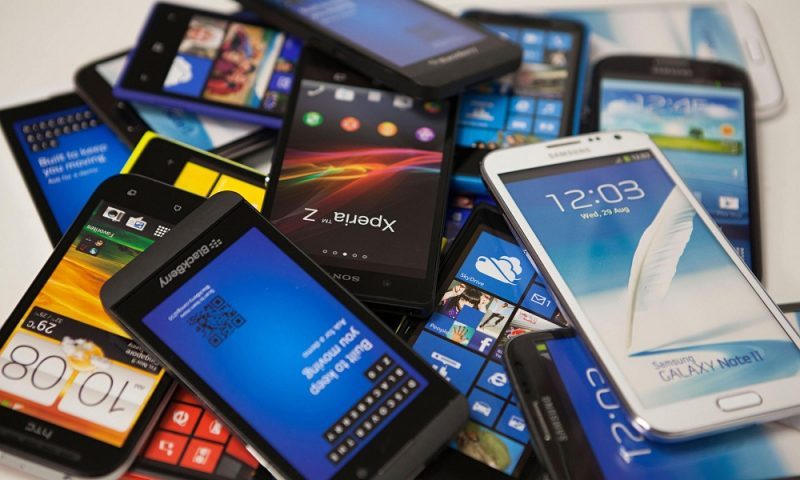Kenya is leading the continent in terms of smartphone penetration and internet usage the phone is key to most transactions and activities. Kenya has a 91% penetration of mobile subscriptions compared to Africa’s 80%.
Globally, Kenya has the highest share of internet usage from mobile phones as compared to desktops. Internet access through the mobile phone in the country recently hit 83%, overtaking Nigeria. Jumia Kenya, an online shop in Kenya, reported 70% of their traffic coming from mobile phones while 50% of payments done through the mobile also.
With a population of about 51.58 million, a total of 43.3 million Kenyans have access to the internet in the country even though Google only identifies 13 million active internet users in Kenya. High data prices have contributed hugely to these statistics as Kenya’s data prices have been higher than prices in neighboring countries for the past five years. Affordable smartphones and declining mobile data plans have been factors that have driven growth in mobile subscriptions.
Social media penetration has also conbtributed to high smartphone buys as 8.3 million Kenyans are active on social media. Kenyan users spend close to 3 hours a day on social media, with the most used platforms identified as Whatsapp (74%), Facebook (70%) and Twitter (50%), based on users own claimed activity.
Another factor that has led to the increase in the number of mobile operators in the country is the growth in network coverage. 3G network coverage, for instance, has increased from 67% in 2014 to 85%in 2017, with a bigger proliferation of 4G, now reaching more than a third of the population. Growth in network coverage has also been driven by accessibility, through mobile providers and new internet services providers which have provided more affordable internet solutions than is currently offered by Kenyan telcos.
Kenya is growing tremendously technologically as smartphones have become a necessity to life in the country. Better Internet coverage across the country has led to the growth of mobile content in Swahili, Kenya’s national language. The number of mobile apps in Swahili has increased from 5,000 in 2014 to almost 30,000 in 2017.
Historically, affordability of a smartphone has been quoted as a major challenge, but Kenyans appear to have found a way of conquering this challenge. Jumia Kenya has reported a continuous decrease in the average price of a smartphone over the last three years.
Despite the price of smartphones dropping, smartphone users continue to focus on specifications along with brand perception and quality. This has resulted in brands offering higher specifications at lower pricing by investing in higher storage, larger screen size, better camera resolution and 4G network connectivity on their devices. The end result being better-valued phones for Kenyan consumers.
Mobile money has also contributed greatly to the rise of mobile operators’ population across the country. There are currently 47.6 million active mobile money accounts which accounted for a transaction value of $3.6 billion in 2018 alone; accessed through more than 200,000 agents. This highlights the impact of the 11 year old innovation pioneered by M-pesa in driving financial inclusion and the race to turn mobile phones into banks for the unbanked.
Mobile money is continuously growing as it is supported by increasing adoption of mobile payments by major sectors in the economy. Unlike previously when mobile money platforms were largely used for person to person cash transfers, they are now increasingly being used to initiate and cut business deals such as the purchase of goods and services as well as processing of instant short term loans, driven by more than 300 loan apps in Kenya alone.
Read: Will Uhuru be fit to run five-kilometre marathon?
The ICT sector in the country expanded from 10% to 22% in 2017, contributing to 1.6% of the current total GDP. As of 2018, Kenya’s GDP stood at 5.7% versus Africa’s GDP growth of 3.5%, this was realized through a major contribution from the ICT sector
However, some sections of the country continue to be disconnected from the Internet. With mobile operators covering almost 90% of the population, this might be subject to change.













Wonderful